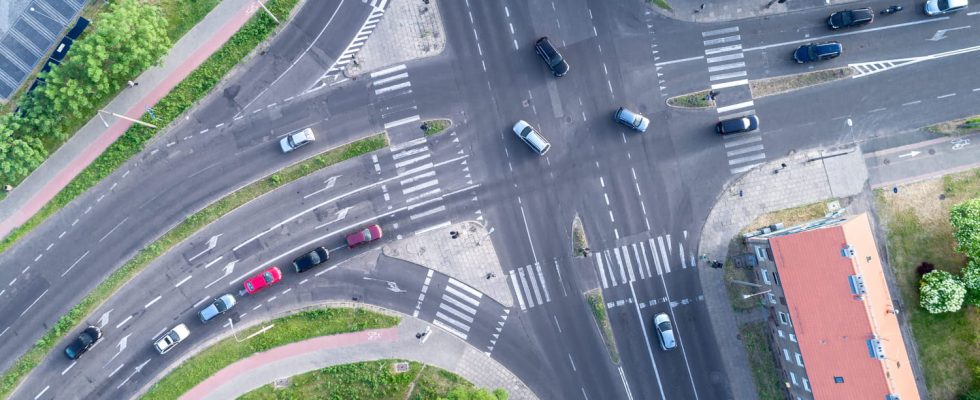New radars are being tested to track traffic offenses and you have to look up to see them.
Fixed radar, mobile radar, turret radar, section radar, urban radar, autonomous radar… Since the establishment in 2003 of the first road radar in France, the family has grown significantly. To the great misfortune of motorists, but not that of the State. Beyond the billions of euros passed from the wallets of the French to the state coffers, these modern-day devices have also made it possible to reduce the number of serious accidents and deaths on the roads. If we compare the years 2010 and 2021, there were almost 1,000 fewer deaths, the number falling from almost 4,000 to 2,944 in eleven years.
The fact remains that the proliferation of speed cameras in France – even if their number now tends to stagnate – is never very well received by French motorists who often have the feeling of being taken for cows. milk. It is therefore not said that they approve these new radars already tested in the department of Essonne, in Île-de-France, and in the Nouvelle-Aquitaine region. If you recently drove by and didn’t see anything new, either they weren’t deployed at the time or you didn’t look up enough (which doesn’t is not recommended when driving). What is it about ? Drone radars, deployed for the first time in Spain, in the region of Catalonia, but whose tests have since multiplied on a European scale.
In the future, it may be well above our heads, or rather the roofs of our vehicles, that our actions will be dissected by machines. Equipped with artificial intelligence, these drones have several advantages: their extreme mobility, their discretion and their possibility, thanks to very powerful sensors, of controlling a large number of traffic violations. The first results noted here and there are conclusive. In Essonne, in two hours, no less than 30 bikers were caught speeding. The experimental phase of these drone radars does not give rise to any verbalization, but the multiple possibilities offered by this new means of control on the roads suggest widespread deployment in the future.
Already used in a number of fields (photography, cinema, surveillance, cartography, research, delivery, entertainment, etc.), drones could become an essential resource for road safety in a few years. For motorists, some of whom have gradually become accustomed to adapting their driving according to the position of the radars, the arrival of drone radars could change the situation. Because unlike fixed devices, the presence of which is always indicated on signs upstream, it is quite difficult to imagine a way to alert drivers to the presence of a drone above their heads.
